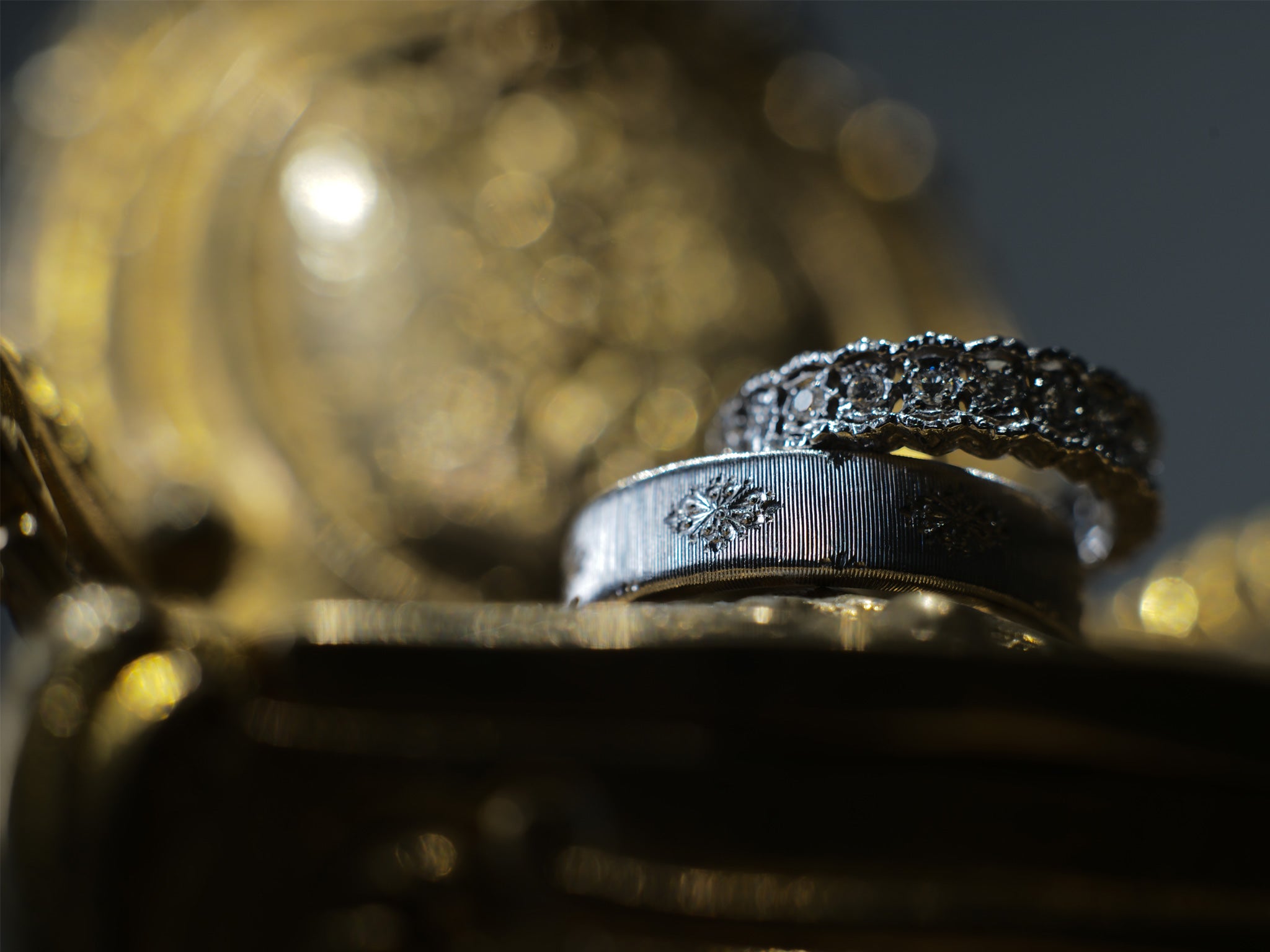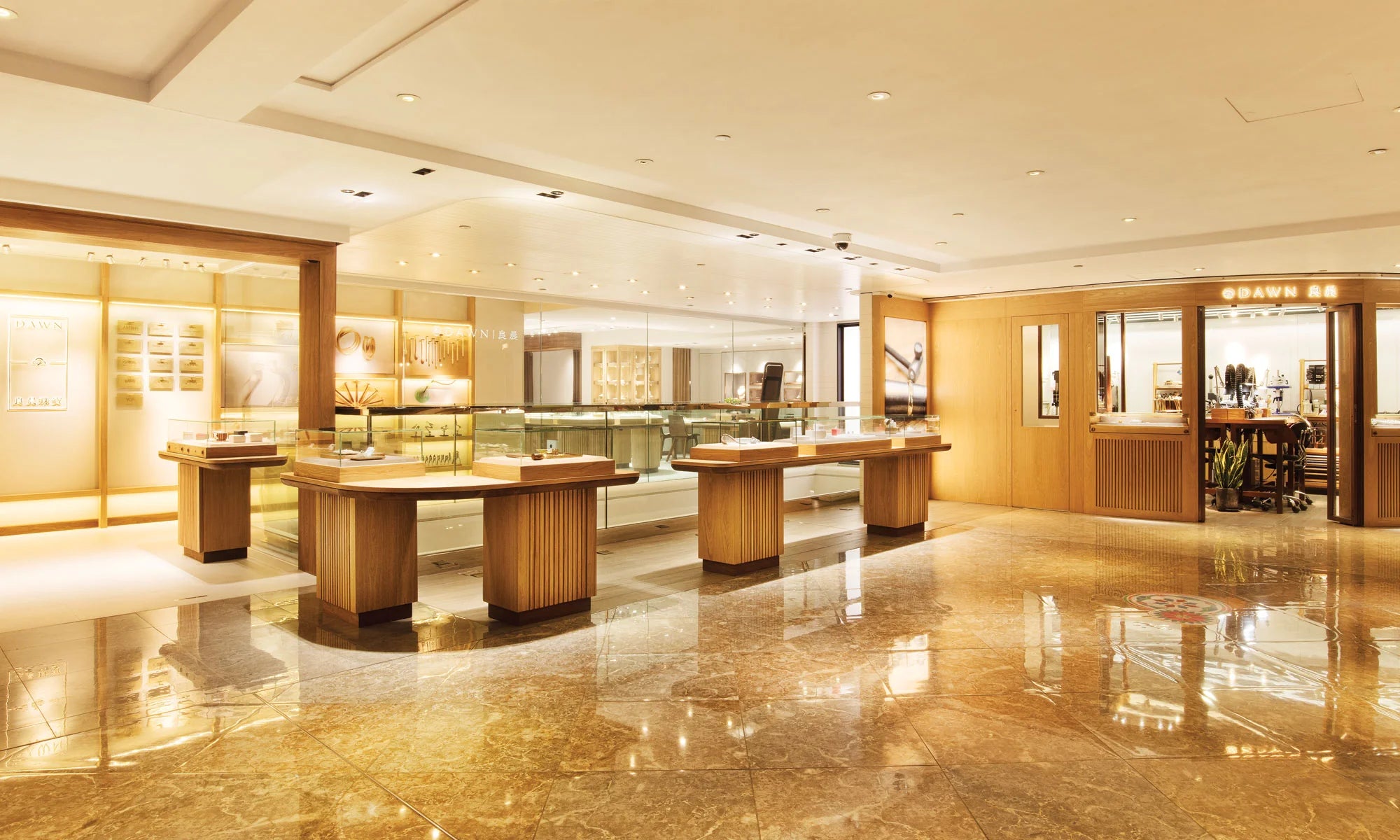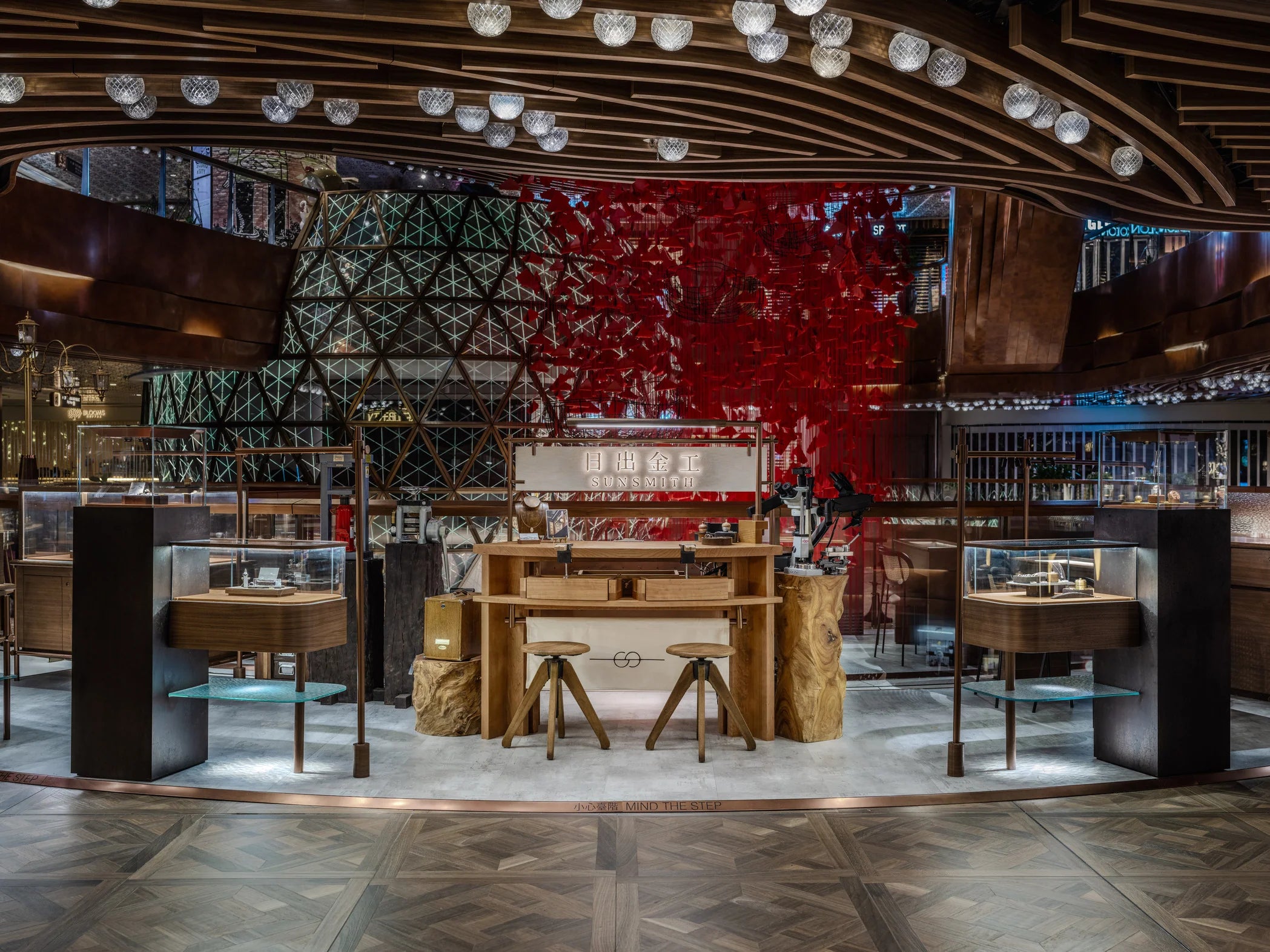
A walk in Florentine
Firenze was praised by many poets. This moving city presents the Italian classical art style. The beautiful residents, the majestic cathedral and the uniform houses will make you fall into the embrace of this city. Close your eyes and imagine: You walk through the crowd of the bustling Ponte Vecchio. On both sides of the bridge are a dazzling array of jewellery shops. The windows of the shops display colorful ornaments and are filled with Florence crafts.
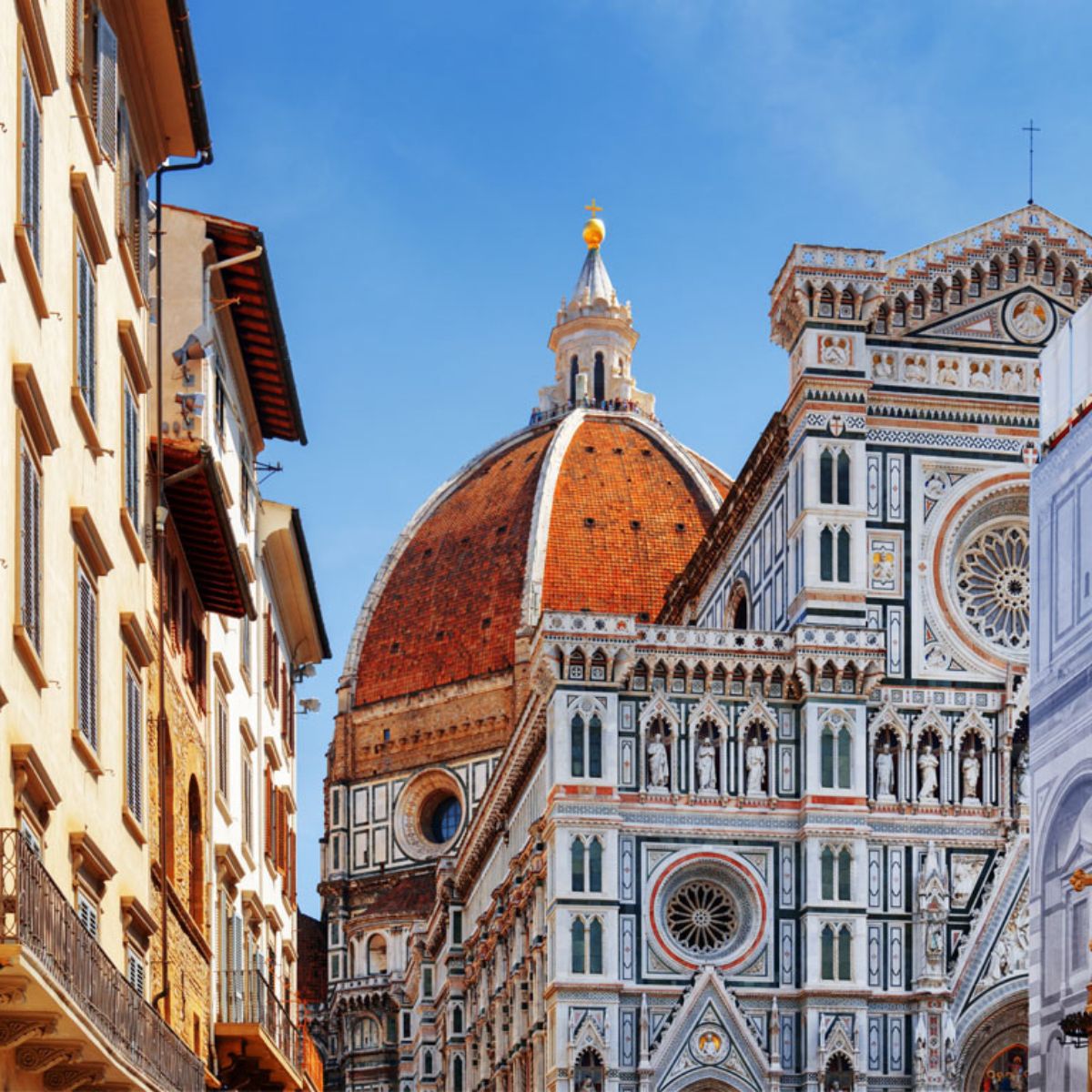
After crossing the old bridge is the classical-style city center. In the center you will notice a dazzling cathedral: the Cathedral of Santa Maria del Fiore (Cattedrale di Santa Maria del Fiore). The brick-red octagonal dome and the white, green and pink marbled exterior wall will attract you deeply. When you step into the church, the large dome at the end will draw you steps closer. When looking up at the Dome of Our Lady of the Flowers, you can’t help but admire the craftsmanship of Florence.
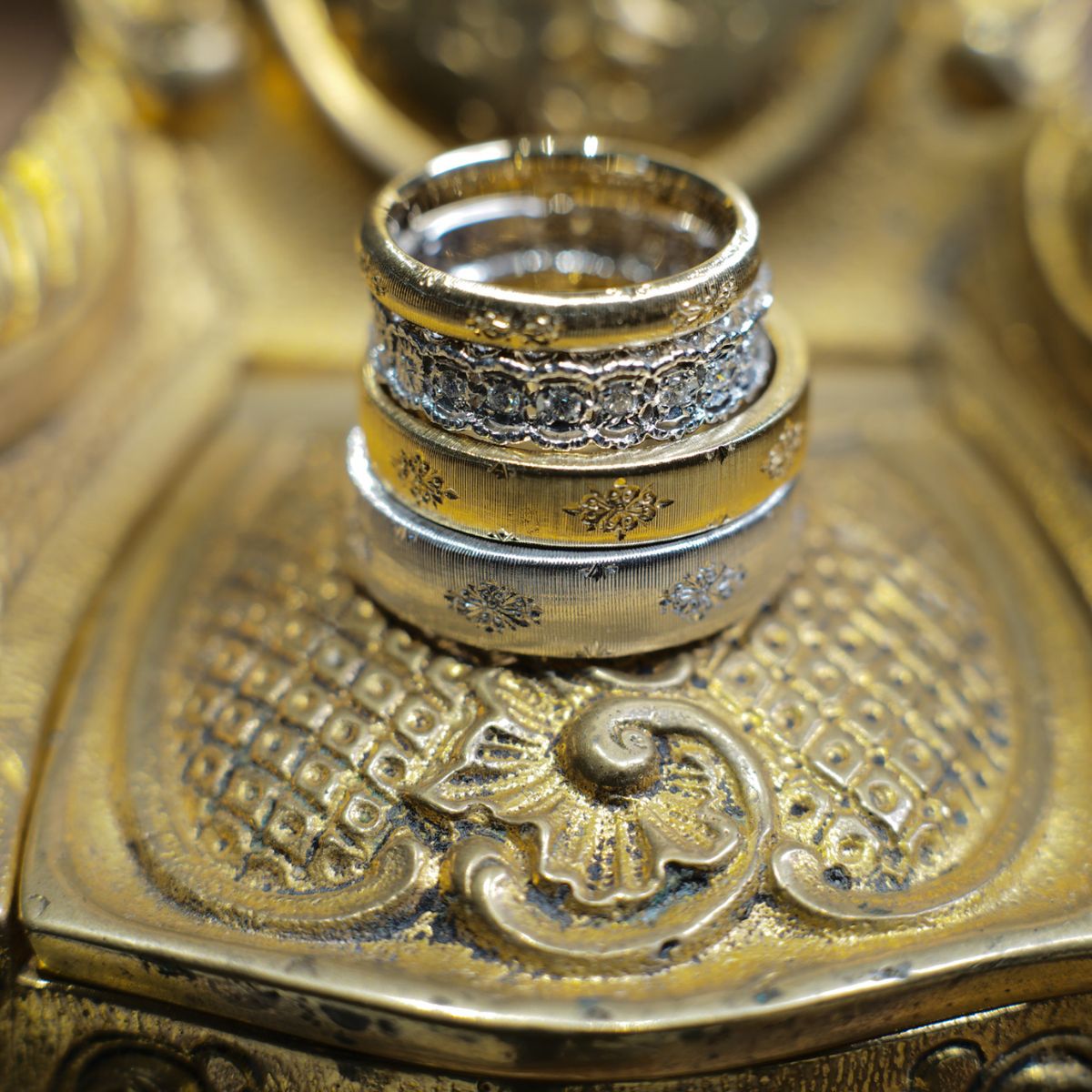
Florentine engraving originated from the Italian Renaissance, and Florence is the birthplace of the Italian Renaissance. At that time, Florence was ruled by the Medici family, who emphasized the development of literature and art, and often sponsored artists and collected artworks. In the middle of the 15th century, Lorenzo de Medici’s rule was even more known as the golden age of the Florence Renaissance. In this era, artists could show their talents and innovation. Artists such as Andrea Mantegna, Martin Schongauer and Albrecht Durer painted on the copper plate, and then let the goldsmiths engrave on the copper plate. After that, craftsmen used this carving method to decorate jewellery, picture frames and gun handles, which gradually evolved into unique Florentine engraving.
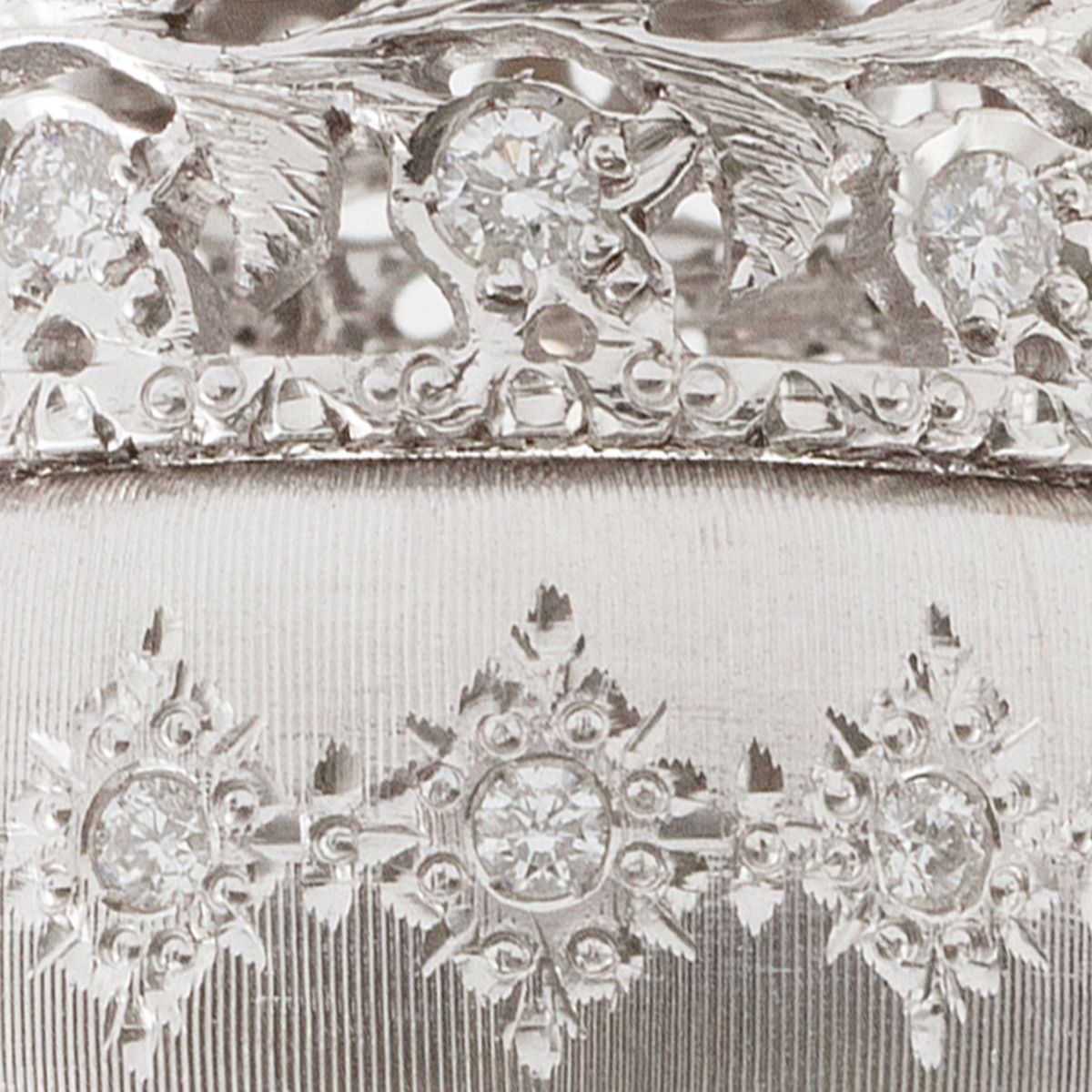
The Florentine engraving done by Seta by Meini seem to be complex but simple. There are two layers of carvings on the ring. The pattern on the bottom layer first covers the jewellery with a coat of silk, which creates an elegant and unobtrusive feeling; the delicate pattern on the surface adds just the sense of nobility. A few uneven carving lines permeate a strong sense of handwork, which is also the precious feature of Florentine engraving. Every stripe and every finished product also continues this long-standing craftsmanship.

When you wear Seta by Meini jewellery, you might as well close your eyes to relax and imagine: you are an Italian nobleman sitting on the balcony of the Palazzo Vecchio, overlooking Florence.

